Timeless Flooring Choices That Will Never Go Out Of Style
There’s a problem with most flooring choices – they last for a very long time.
- Carpet can last between 5 and 15 years.
- Luxury vinyl planks can last between 10 and 20 years with proper care.
- Hardwood can remain in place for up to a century with proper maintenance and occasional refurbishing.
That makes it worth time and thought before you make your final decision.
Rather than fads or trends, it pays to think about timeless flooring choices. This ensures you have a high-quality flooring material that you’ll be happy with for years to come.
Colors, styles, and patterns
Before we get into specific materials, it’s important to note that neutral stands the test of time over all else. Think back to the wild colors we’ve seen come and go over the past few decades.
Orange. Gold. Avocado green. Sunshine yellow.
They all have one thing in common: their bright shades and tones.
If you want a timeless, classic design, neutral is always better. If you can find it in nature, your chances of longevity are better. Think white, beige, and brown. If you see the same color, pattern, and style running from product to product, it’s more likely to stick around.
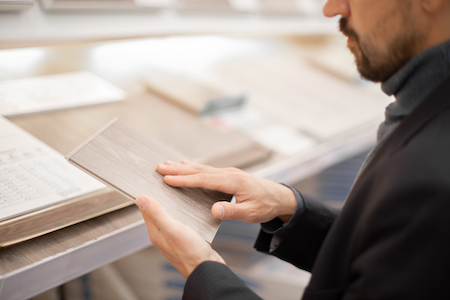 Of course, sticking with neutral doesn’t have to be boring or blasé. In fact, quite the opposite can take place. It can set the stage for strong, powerful lines. It can make the rest of your decor pop. And because flooring is often one of the more expensive items in any remodel, selecting wisely means it will last for years to come. Paint the walls. Buy new pillows. It’s nice to know your flooring will still be looking good.
Of course, sticking with neutral doesn’t have to be boring or blasé. In fact, quite the opposite can take place. It can set the stage for strong, powerful lines. It can make the rest of your decor pop. And because flooring is often one of the more expensive items in any remodel, selecting wisely means it will last for years to come. Paint the walls. Buy new pillows. It’s nice to know your flooring will still be looking good.
With color and styles in mind, here are several timeless flooring materials we’ve seen selling well throughout the years.
Hardwood
Nothing is more beautiful than hardwood. That makes it top the charts of flooring lists year after year.
Here in Colorado, hardwood is also a classic design. It’s been used in mountain lodges, and the most sophisticated homes across the Front Range.
Hardwood creates a soft surface area that makes it comfortable enough to walk on with your bare feet. It’s warm enough to keep you comfortable even on the coldest nights.
While many homeowners might think twice once they look at the cost, it makes it one of the most economical investments you’ll make in your home when you factor in longevity. Hardwood can last for years with proper maintenance. And when it shows wear, it can be sanded down and refinished to add even more life to the material. Select wisely, and it can be refinished up to ten times!
Don’t forget about engineered hardwood. Engineered hardwood may be the solution if you’re having trouble justifying hardwood in a room because of your lifestyle. It has the classic good looks of hardwood because it is hardwood. The hardwood veneer on top provides you with timeless looks, while the core structure makes it even more durable than hardwood. That gives you a flooring choice that will continue to look good throughout the years.
Luxury vinyl
If you’re looking for something more cost-effective that still gives you long life, you can’t ignore luxury vinyl.
It still sets the standard for places where moisture is a problem. Bathrooms. Laundry rooms. Mudrooms. Even kitchens. Plus, there’s an added benefit today from the classic good looks.
Luxury vinyl has come a long way since your grandmother’s time. Thanks to today’s technology, you’ll find luxury vinyl so closely mimicking hardwood, stone, and tile, you have to get down to touch it to notice the difference.
Choose wisely, and it has an added benefit: It’s waterproof. That makes it a flooring of choice for rooms where water may be a problem. Let the kids splash away. Don’t worry about the tub overflowing.
No matter what style or pattern you choose, if you make luxury vinyl your choice for timeless good looks, you won’t be disappointed.
Carpet
Travel back in time and you’ll find evidence of rugs dating back 4,000 years or more. That’s because we’ve long since loved the feel of soft fibers between our toes. Whether you walk across it, sit down and enjoy its comfort, or simply want to add warmth to your room, carpet is often the best way to go.
Wall-to-wall carpet is a newer addition to homes, but it’s still one of the most popular choices. While you might not want it in your high-traffic areas, nothing can beat it for comfort. That plush feeling you get when stepping out of bed in the morning can’t be initiated by any other product.
This is the one product where staying neutral can set the stage for your decor. Add a pattern in the fibers, and it won’t showcase traffic marks or surface dirt. Carpets today are also designed in ways that won’t attract stains, grime, and other messes. With good maintenance habits, your carpet will stay looking new for years to come.
Tile
Can you imagine a bathroom without tile? Neither can we. It’s been a staple in bathroom projects for decades. It’s one of the most timeless materials available.
Ceramic tiles can be crafted in an almost unlimited supply of patterns, colors, and styles. Stick with one or combine several for a truly unique look.
Thanks to today’s technology, tiles can mimic natural wood too. It’s a great way to bring the look of hardwood to places you might not be able to install it. Think bathrooms, laundry rooms, or basements.
Another benefit is they pair well with radiant heating. Slip the heating material underneath tiles, and you’ll never have a cold floor again. It can be a great addition to your master bath. You might like it well enough you extend it to other rooms in your home. Tile is a natural heat conductor, which means it’ll warm up faster and stay warm longer.
What’s your choice for a timeless flooring material?
If you stick with the basics, something that’s been around for years, you’ll love what you have installed.
It will be a great addition to your home for years to come.
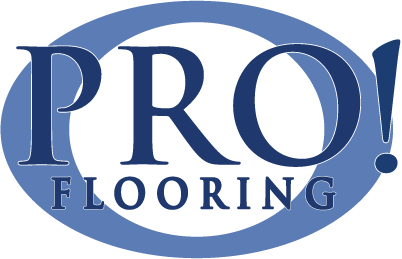
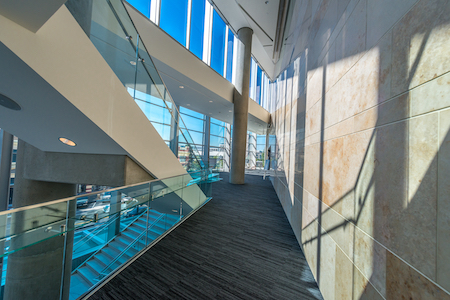 Sounds interesting, doesn’t it? Whether you’re new to the LEEDs concept, or this is something you’ve been striving towards for years, one of the first places to start is with your flooring.
Sounds interesting, doesn’t it? Whether you’re new to the LEEDs concept, or this is something you’ve been striving towards for years, one of the first places to start is with your flooring.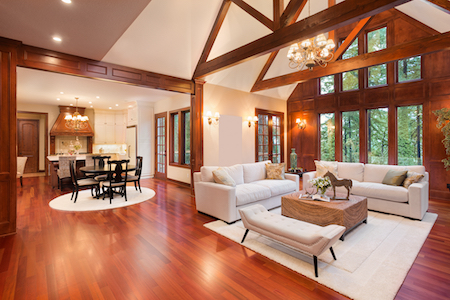 But here’s the thing: hardwood can take on many different shapes and sizes and suit a potential homebuyer’s needs.
But here’s the thing: hardwood can take on many different shapes and sizes and suit a potential homebuyer’s needs.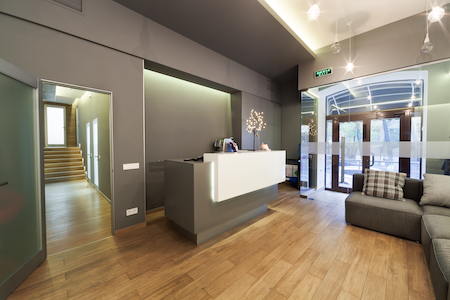 If you haven’t upgraded flooring in a while, you’ll be amazed at the technology currently in place. Today’s carpet is now more problem-free than ever, helping you create a clean and menial look, while offering warmth and soundproofing qualities at the same time. Want hardwood? There are many options for you. You can stick with classical hardwood, or try engineered hardwood. It offers you even greater impact as well as being even easier to maintain. And if you want waterproof technology, take a look at commercial grade luxury vinyl planks. It often looks so authentic, even experts have to take a second look.
If you haven’t upgraded flooring in a while, you’ll be amazed at the technology currently in place. Today’s carpet is now more problem-free than ever, helping you create a clean and menial look, while offering warmth and soundproofing qualities at the same time. Want hardwood? There are many options for you. You can stick with classical hardwood, or try engineered hardwood. It offers you even greater impact as well as being even easier to maintain. And if you want waterproof technology, take a look at commercial grade luxury vinyl planks. It often looks so authentic, even experts have to take a second look.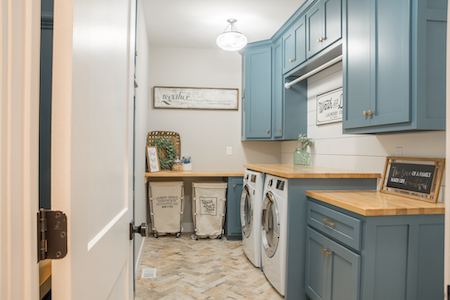 According to a
According to a 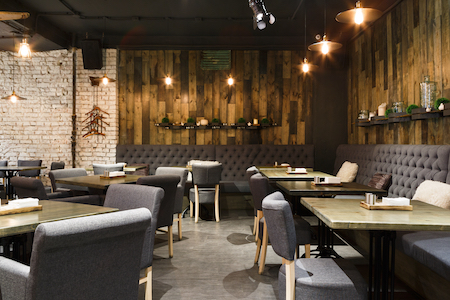 Hardwood flooring has been one of the top flooring choices for years. People love the look and feel in both residential and commercial environments. It’s hard to deny it comes with classic good looks. When well maintained, hardwood flooring can last for years – decades – and bring a quiet sophistication to any place it’s installed. That’s why it’s the preferred choice for boardrooms and financial institutions across the country.
Hardwood flooring has been one of the top flooring choices for years. People love the look and feel in both residential and commercial environments. It’s hard to deny it comes with classic good looks. When well maintained, hardwood flooring can last for years – decades – and bring a quiet sophistication to any place it’s installed. That’s why it’s the preferred choice for boardrooms and financial institutions across the country. According to the CDC website,
According to the CDC website, 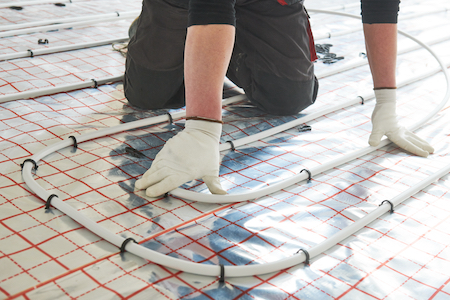 Carpet – it’s one of the warmest flooring options, and is often placed in rooms where you spend the most amount of time. If you install carpet with longer, thicker fibers, it will have more benefit of keeping the cold away from your feet, as well as help eliminate the chill from the air. A good carpet pad is also needed to help improve resistance and create a barrier between you and the living space below.
Carpet – it’s one of the warmest flooring options, and is often placed in rooms where you spend the most amount of time. If you install carpet with longer, thicker fibers, it will have more benefit of keeping the cold away from your feet, as well as help eliminate the chill from the air. A good carpet pad is also needed to help improve resistance and create a barrier between you and the living space below.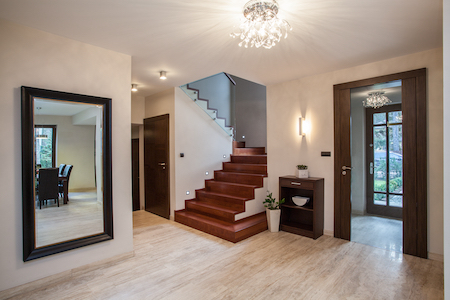 Water-resistance – high traffic areas are almost always adjacent to entrances. That means dragging in every element that happens on the other side of the door. If flooring isn’t water-resistant – or waterproof – damage can quickly start to show.
Water-resistance – high traffic areas are almost always adjacent to entrances. That means dragging in every element that happens on the other side of the door. If flooring isn’t water-resistant – or waterproof – damage can quickly start to show.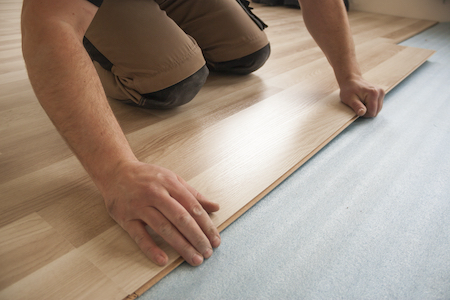 Because the floor isn’t nailed or glued down, each board is constructed in layers to add stability and strength. The top layer is the color or finish you’re looking for, while the layers underneath give it core strength and durability. And in some cases, water-resistance or even waterproof features.
Because the floor isn’t nailed or glued down, each board is constructed in layers to add stability and strength. The top layer is the color or finish you’re looking for, while the layers underneath give it core strength and durability. And in some cases, water-resistance or even waterproof features.